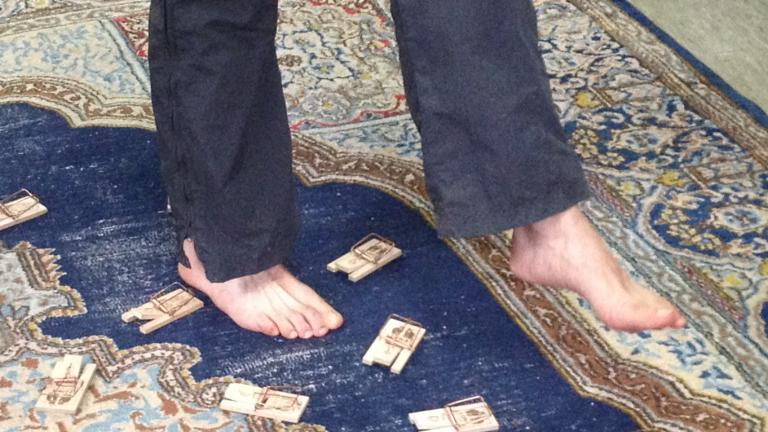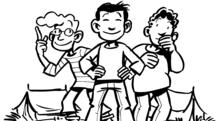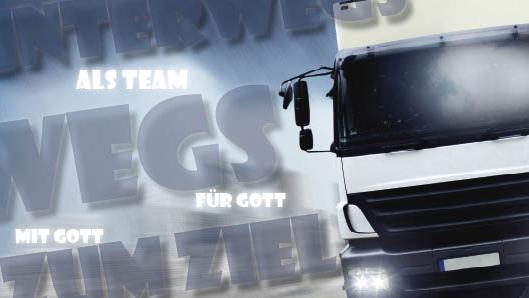In experiential education, personality and social skills are to be developed and trained through group experiences.
The experience
An experience is any individual, personal experience, which also includes everyday experiences. An experience, unlike, for example, a classic lesson, is absorbed holistically, resulting in significantly better learning efficiency. In particular, social competencies can be developed almost exclusively through one's own experience. For the reasons mentioned above, it makes sense to use experience as a targeted learning method by specifically promoting personal experiences.
Experience and Pedagogy
Personal, subjective experience cannot be controlled in detail because it depends on the individual's immediate experience and prägation. Moreover, many experiences are unintentional. Through purposeful planning, however, it is possible to make intentional personal experiences probable.
Heckmair and Michl define experiential education as follows:
„Experiential education is an action-oriented method and aims, through exemplary learning processes in which young people are confronted with physical, psychological and social challenges, to encourage them in their personal development and to enable them to shape their living environment responsibly"
Characteristics of modern experiential education
There are many different approaches and concepts for experiential education. However, most of them are characterized by the following common features:
- Serious character: The learning situation is designed in such a way that the tasks to be mastered arise by themselves and must be mastered
- Group focus: The learning situation is designed in such a way that cooperation is necessary and the promotion of social skills is the logical consequence
- Experiential character: The created learning situations are in all rule not everyday, often even un- and Aussergwöhnlich. This allows a distance to everyday life, as well as a sustainable learning success
- Freewill: The experiential education assumes that learning can not be forced. Therefore, experiential education measures are usually voluntary. The task and sometimes the challenge of the experiential educator is to encourage to face the conceived situation
- Pädagogical conception: experiential educational elements are specifically planned and implemented, with the aim to convey something. Dafür is also the accompaniment by an appropriately trained staff helpful and often necessary.
Examples of experiential education measures
A few examples of experiential education measures are listed here:
- Barfoot path - a specially designed path should be walked without footwear, through the contact with the ground special sensory impressions and associated with a certain relaxation are experienced
- High-ropes course - a construct made of trees or towers and ropes, which makes securing necessary. Is often designed specifically as a group measure
- Forest kindergarden - care of children in the great outdoors, especially in the forest.
Through what the transfer / learning success comes about
There are different concepts of experiential education, which have developed very different models for what the participant should learn concretely.
- "The mountain speaks for itself"-model: learning takes place solely through personal experience.
- "Outward bound plus" model: learning takes place through personal experience and subsequent reflection, which is intended to deepen what has been learned.
- Metaphorical model: Learning is done by the fact that the learning situation is very similar to the everyday situation of the participants. Thus, the application reference is clear and experiences are not overshadowed by too intensive reflection überschattet.
The goal of each concept, however, is transfer of subject-specific behaviors (e.g., belaying while climbing/rappelling), of cross-disciplinary behavior patterns (e.g., problem/conflict awareness strategies) and / or metaphorical behavioral changes. In the case of the latter, the practice is carried out through the application to a situation which stands metaphorically for the actual object, whereby a transfer can only be created through transfer to the actual everyday situation.
Hindrances for the transfer / learning success
Critical points in experiential education, which can prevent the transfer into everyday life and thus the desired learning success are the following:
- The learning situation presents too simply what is in reality very complex.
- Experiential pedagogy in a short period of time only leads to short-term learning processes and thus misses the opportunity of long-term learning processes and therefore more extensive learning gains.
- If the participants are not accompanied in the transfer process ("The mountain speaks for itself" model), there is a risk of suboptimal learning outcomes.
- The feeling of having "free time" lowers the motivation to learn something and thus the dafür so important transfer process.
These risks can be greatly reduced by clear agreements regarding goals and expectations, by deliberate composition of the groups, by a longer-term interpretation of the measures and the targeted use of transfer techniques.
Image credits
- Caption: Ramun Badertscher, www.ramunbadertscher.ch
Content may be automatically translated. Help improve the quality of the translation with your editing!



